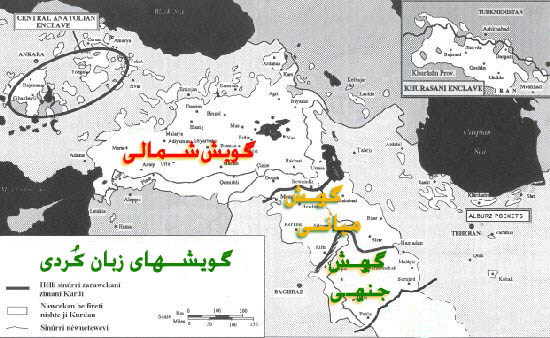What is Latin alphabet?
What is Latin alphabet?
What is Latin alphabet?
Wed, 14/05/2008 – 15:08 — Admin
Also called Roman Alphabet most widely used alphabetic writing system in the world, the standard script of the English language and the languages of most of Europe. Developed from the Etruscan alphabet at some time before 600 BC, it can be traced through Etruscan, Greek, and Phoenician scripts to the North Semitic alphabet used in Middle East about 1100 BC. The earliest inscription in the Latin alphabet appears on the Praeneste Fibula, a cloak pin dating from about the 7th century BC, which reads, “MANIOS MED FHEFHAKED NUMASIOI” (in Classical Latin: “Manius me fecit Numerio,” meaning “Manius made me for Numerius”). Dated not much later than this is a vertical inscription on a small pillar in the Roman Forum, and the Duenos inscription on a vase found near the Quirinal (a hill in Rome) probably dates to the 6th century BC. Although experts disagree on the dating of these objects, the inscriptions are generally considered to be the oldest extant examples of the Latin alphabet, (please see Development of the Alphabet.
Semitic alphabet were the earliest fully developed alphabetic writing system, (please see Ancient Scripts web site). It was used in Syria as early as the 11th century BC and is probably ancestral, either directly or indirectly, to all subsequent alphabetic scripts, with the possible exception of those scripts classified as South Semitic (e.g., Ethiopic, Sabaean). Apparently related to the earlier writing systems seen in the Canaanite and Sinaitic inscriptions, North Semitic gave rise to the Phoenician and Aramaic alphabets, which, in turn, developed into the European, Semitic, and Indian alphabets. North Semitic had 22 letters, all representing consonants, and was written from right to left; these characteristics are typical of most of the later Semitic alphabets (e.g., Hebrew and Arabic).
Further study
- Alphabet, Wikipedia
- The Latin alphabet, also called the Roman alphabet
- Evolution of Alphabets, by Prof. Fradkin, Dept. of Asian and East European Languages, University of Maryland.
- The evolution of the Latin character set.
- The eventual evolution of the Arabic Character set from its Phoenician roots



